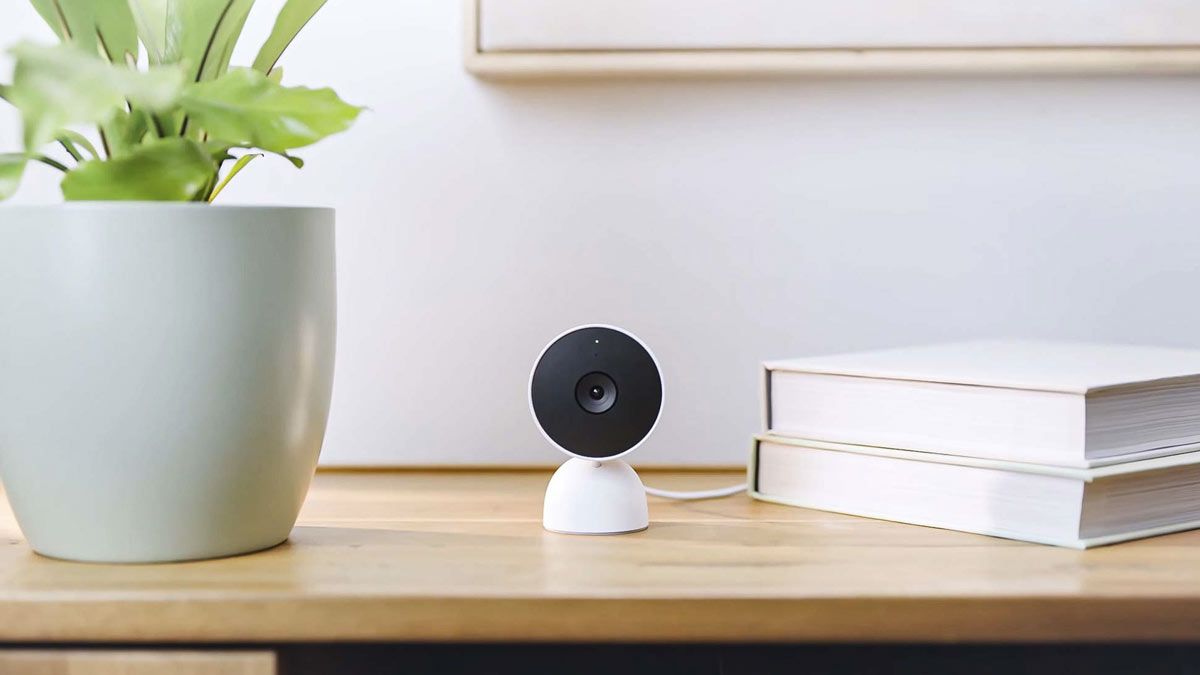Your ISP has a data cap. You're worried about using so much data you blow through it. So what exactly does that look like, and are you really at risk of doing so?
Data Caps Are Still Too Common
We think data caps are awful and an antiquated practice that shouldn't even exist. But if you're stuck with an ISP that has a cap, you've probably thought about it before. Maybe you've even taken some steps to monitor your data usage out of concern you'd be hit with overage fees.
But even then a data cap can feel kind of abstract. It's certainly a concrete number and your ISP will be sure to let you know if you blow through it---somebody has to pay the $-per-GB overage fees after all---but what does using up all your data look like?
Data caps range in size from as low as a few hundred GBs for various satellite and rural DSL providers to as high multi-TB caps for other providers. Typically, however, the average is around 1TB (with some small variations like 1.2 or 1.25 equally as common).
With that in mind, we're going to play around with 1TB as our example data cap. Feel free to take our numbers and tweak them to fit your situation.
What Can You Do with 1TB?
So you have a 1TB, or thereabout, size data cap. You're worried your streaming video or gaming habits might put you at risk of blowing through it and paying extra.
We've crunched the numbers on the bitrates and demands of various common internet activities to create a rough average data rate for each activity.
Streaming, Gaming, and Browsing
First, let's look at what we would consider "active" internet use, usage where you're sitting there actively engaged with the content like streaming a movie or playing a game.
In the table below we've broken the information down into how much data the activity uses per hour and then extrapolated that out into how many hours you could do just that activity before hitting a 1TB data cap, as well as what that works out to in terms of hours-per-day in a 30-day month.
|
Activity |
MB Per Hour |
Hours Per TB |
Hours Per Day |
|---|---|---|---|
|
SD Video (480p) |
700 |
1,429 |
48 |
|
HD Video (1080p) |
3,000 |
333 |
11 |
|
4K Video (2160p) |
7,000 |
143 |
5 |
|
Online Gaming |
100 |
10,000 |
333 |
|
Streaming Music |
150 |
6,667 |
222 |
|
Social Media |
300 |
3,333 |
111 |
|
General Web Browsing |
50 |
20,000 |
667 |
You'll notice many activities exceed the number of hours in a day---that's because a single user doing that activity simply can't use enough data to exceed the data cap. You simply cannot blow through a 1TB data cap listening to Spotify all day or sitting there playing Overwatch.
Some activities, such as streaming 4K video, are significantly more bandwidth-hungry and a single user could, with some dedicated after-work binge-watching over the course of a month, absolutely blow through a 1TB data cap.
Where data caps become more problematic is when you have multiple people in the home. Very few people will, on their own, watch 11 hours of HD video a day. But if you have five people sharing the same internet plan and all watching content at the end of the day, the per-day usage per person shifts from 11 hours to around 2.3 hours.
Downloading Games and Other Files
When it comes to day-to-day internet use like watching Netflix or playing around on social media, if you're not watching everything in 4K or sharing your internet plan with a large and active household, it's actually kind of tough to get close to most data caps.
That is, unless, you're downloading lots of stuff---and big stuff at that. Then it's pretty easy to blow through a data cap.
We'll skip inserting a chart here with dazzling stats like how you could download 500,000 ebooks before hitting a 1TB data cap. Realistically even the most obsessive data hoarder isn't downloading 500,000 eBooks or 200,000 MP3s.
But large downloads, like those you run into with modern video games, can put a real dent in your data allotment for the month. Even fairly modest games often have multi-GB download sizes and AAA titles routinely run 100GB or more.
Whether you just bought a gaming PC and are going wild downloading all the titles you want to catch up on or you're restoring your Steam library, it's very easy to blow through a data cap before the month is even underway. Console games aren't exempt from large game sizes either, so don't think that just because you're playing on an Xbox you're exempt from the hulking size of AAA titles.
If you're a gamer, then, it's wise to consider your data cap when downloading your games. If there are only a few days left in the billing cycle and you have spare bandwidth, that's a perfect time to download a new game or a pile of large patches to your existing game library.
In addition to games, obviously any large files are going to eat up your data allotment. Whatever you're downloading---be it pirated TV shows or piles of Linux ISOs---besides large games, lots of large file downloads are one of the fastest ways to blow through your data.
Uploading Security Video
Historically, smart home and security wasn't a category not many people would need to consider. Netflix streaming and downloading game updates cover the big data sinks for most folks.
But the arrival of easy to setup up and cloud-connected security cameras has introduced a significant point of data usage into many homes.
Very few people realize it, but both download and upload bandwidth count towards your data cap for most ISPs. That means not only does watching your smart security camera through your phone or TV chew up your data cap just like watching streaming video would, but the camera feed uploading to the internet also chews up your data cap.
If you have your cameras set up so that they only stream to the cloud when you are watching them, the usage might be fairly trivial---say, around 10-20 GB for routine checking-on-package-deliveries.
But if you have an always-on smart camera system, like you get with the higher tiers of Google's Nest Aware monitoring, the feed from each camera is sent to the cloud 24/7 not just for package alerts and other detect movements. That upload bandwidth adds up really quickly. Per Google's documentation for the Nest cameras, you could use up anywhere from 30GB to 400 GB per camera every month depending on how you've set the video quality.
So if you recently got a smart camera and you're using up way more data than usual, that's a good place to start your investigation.




